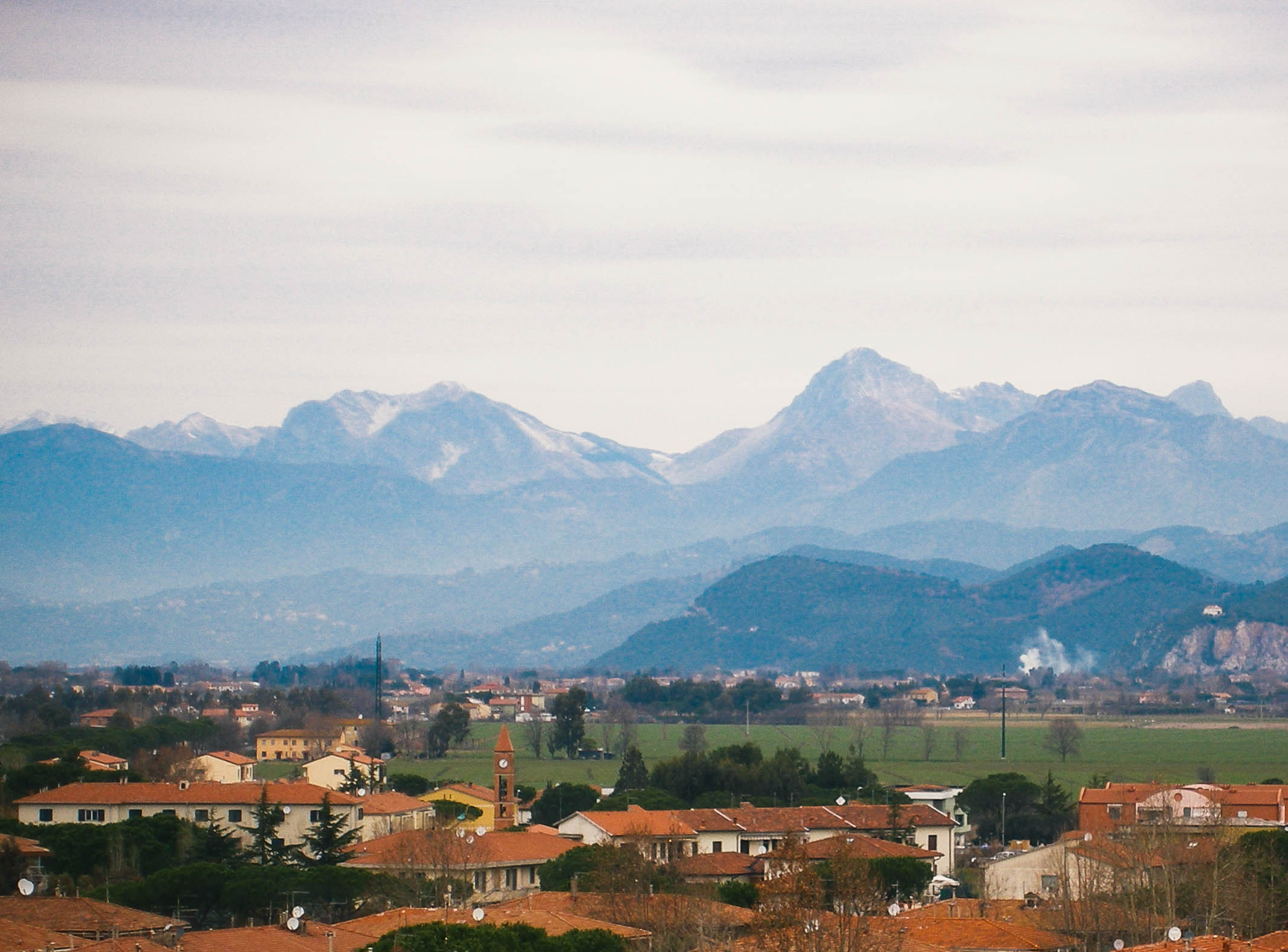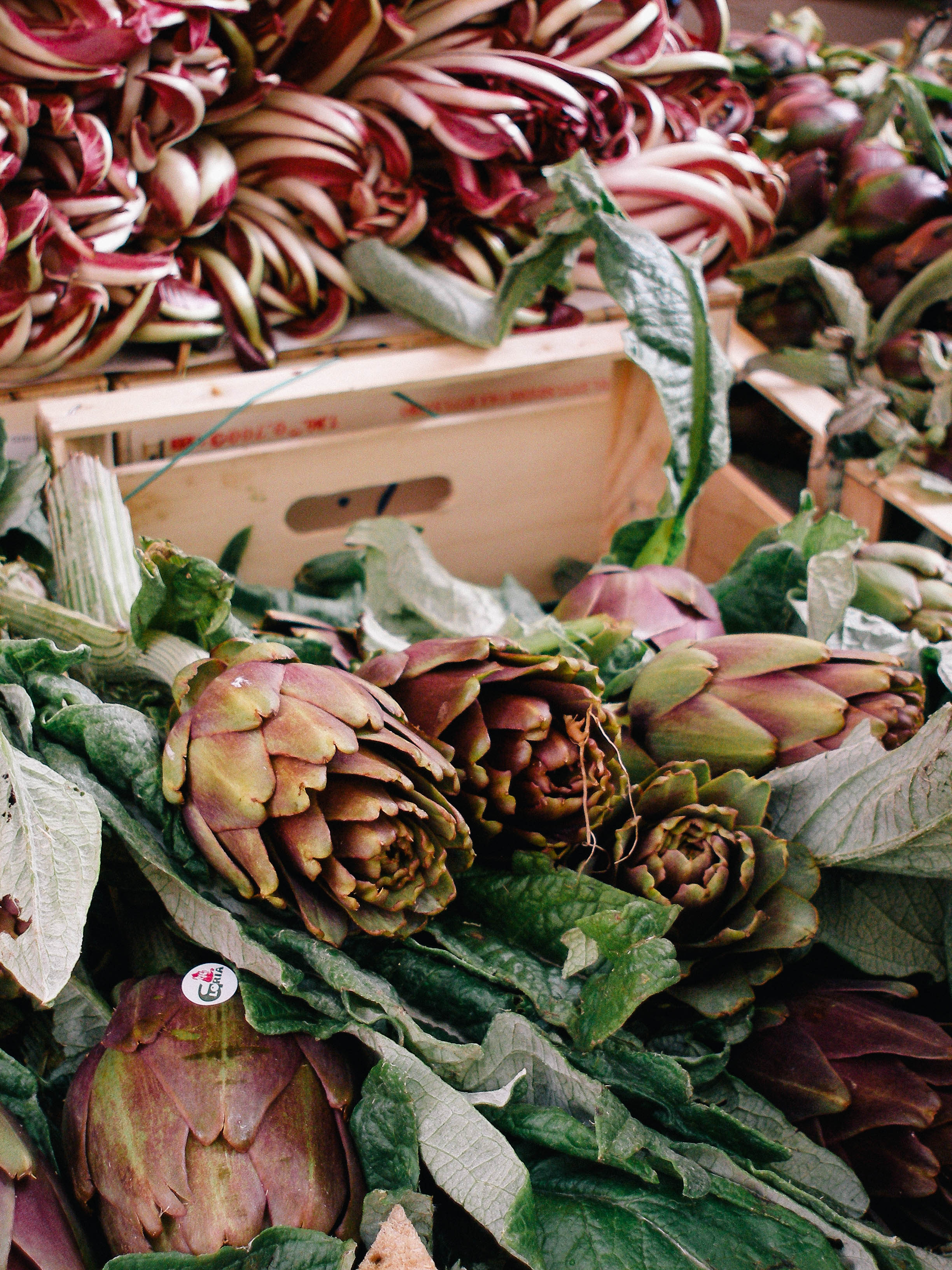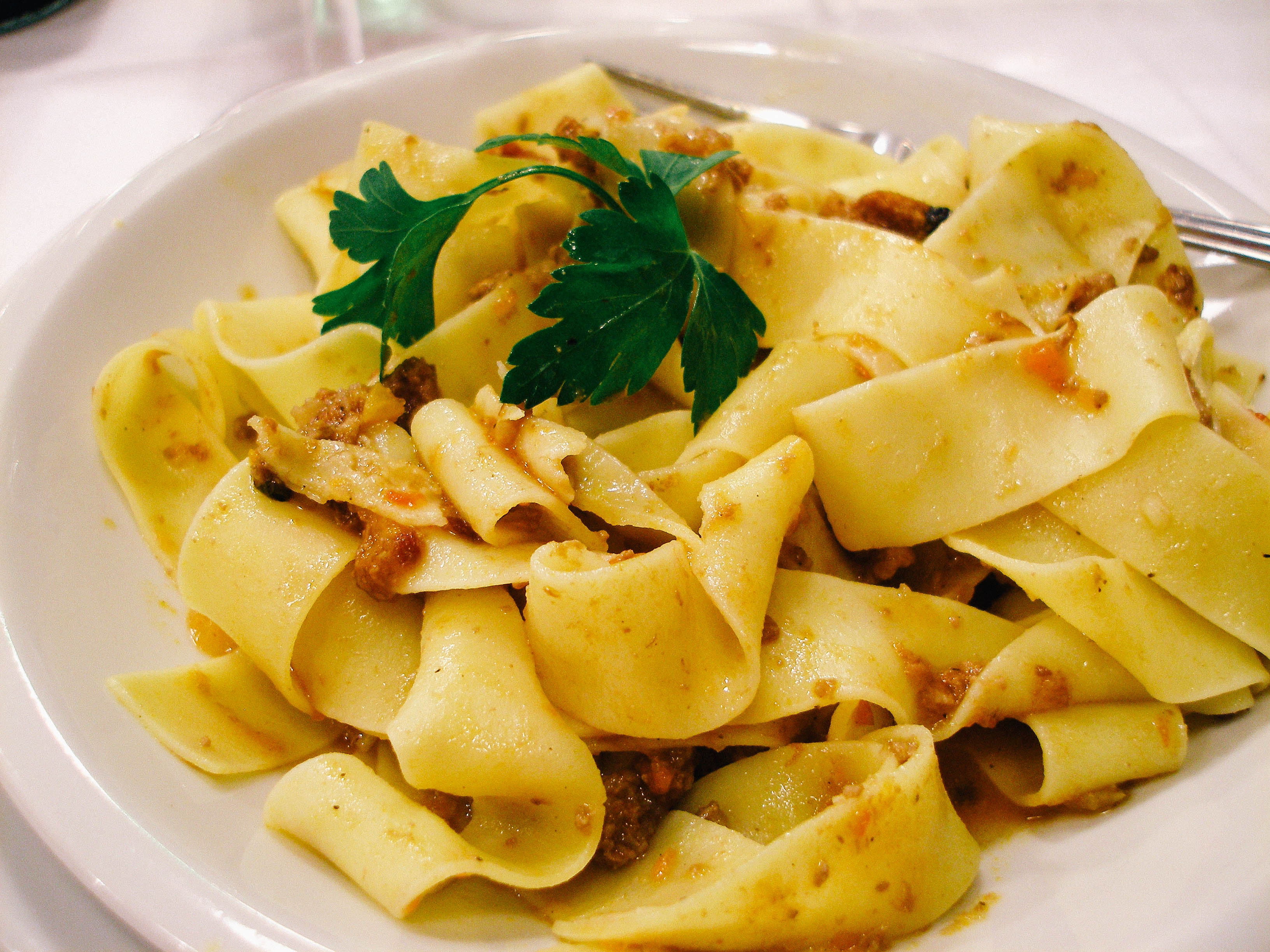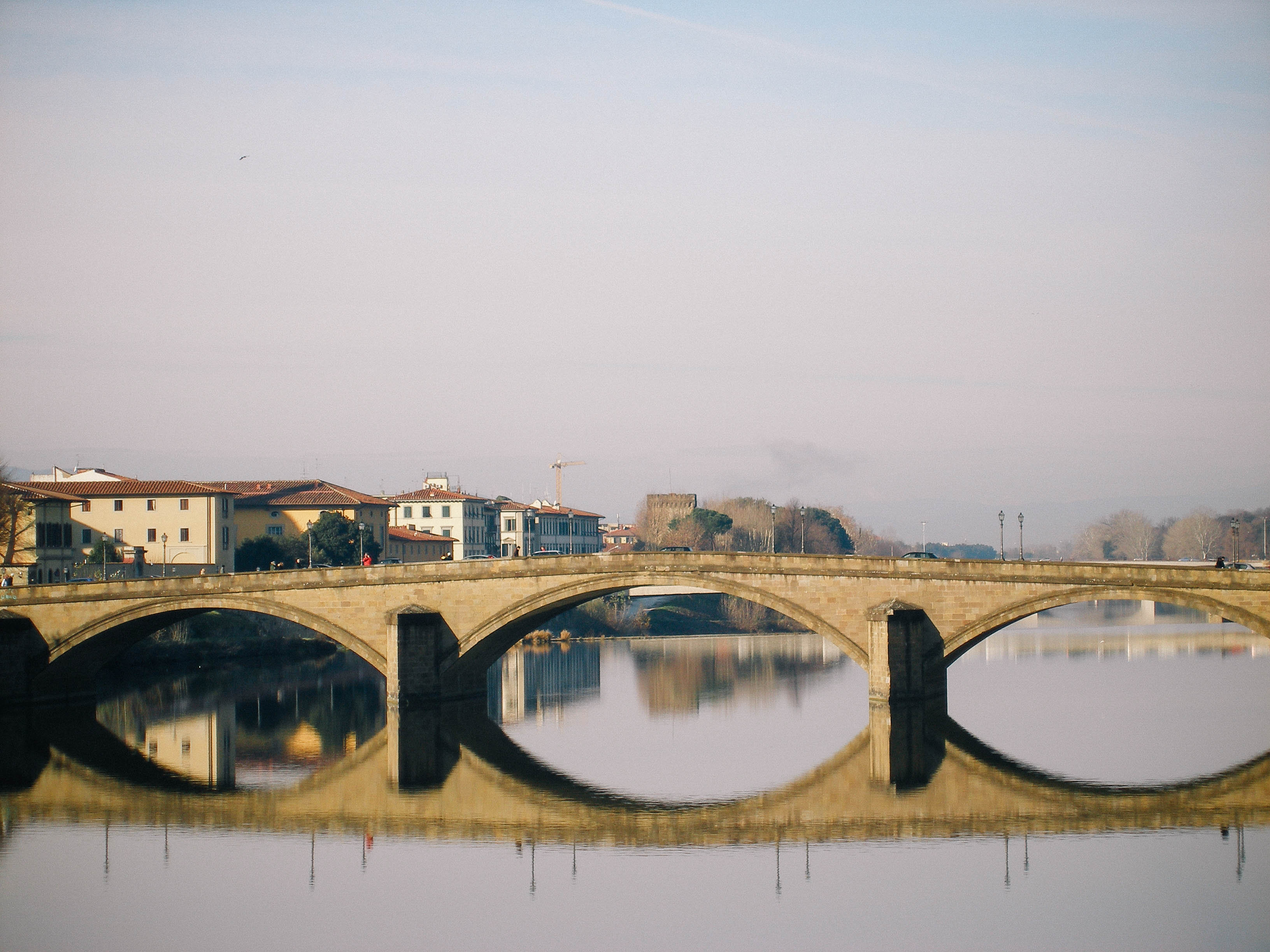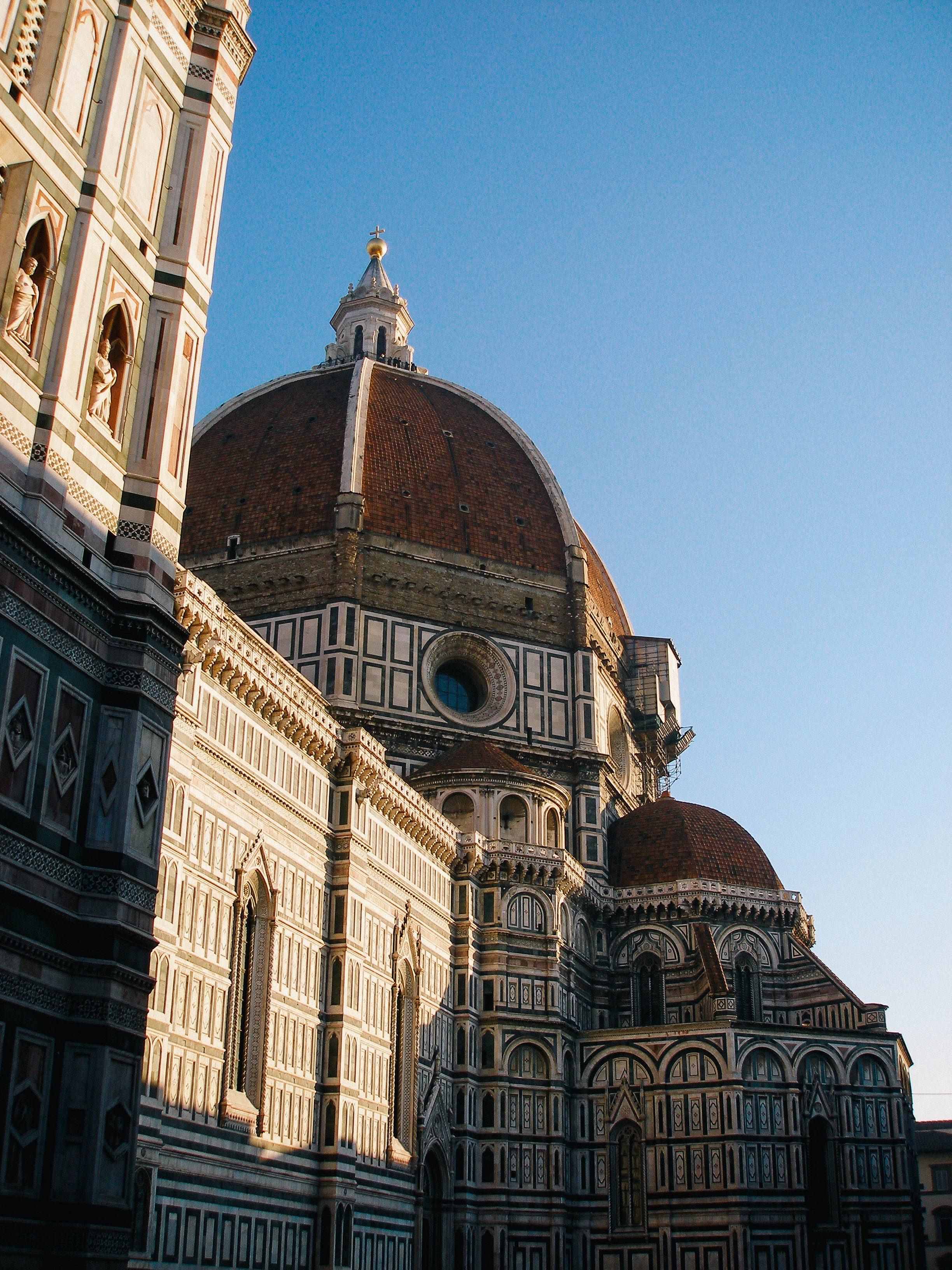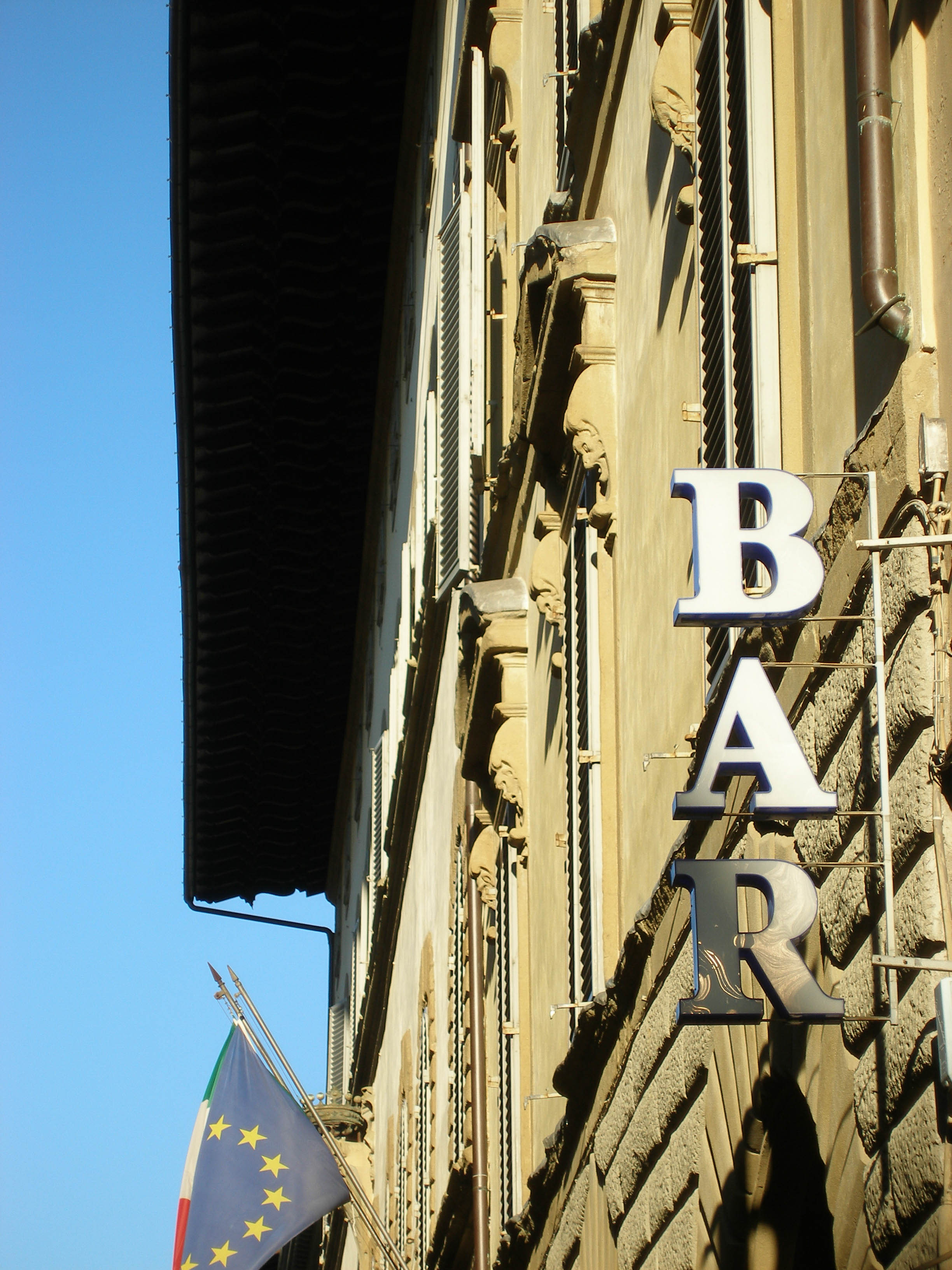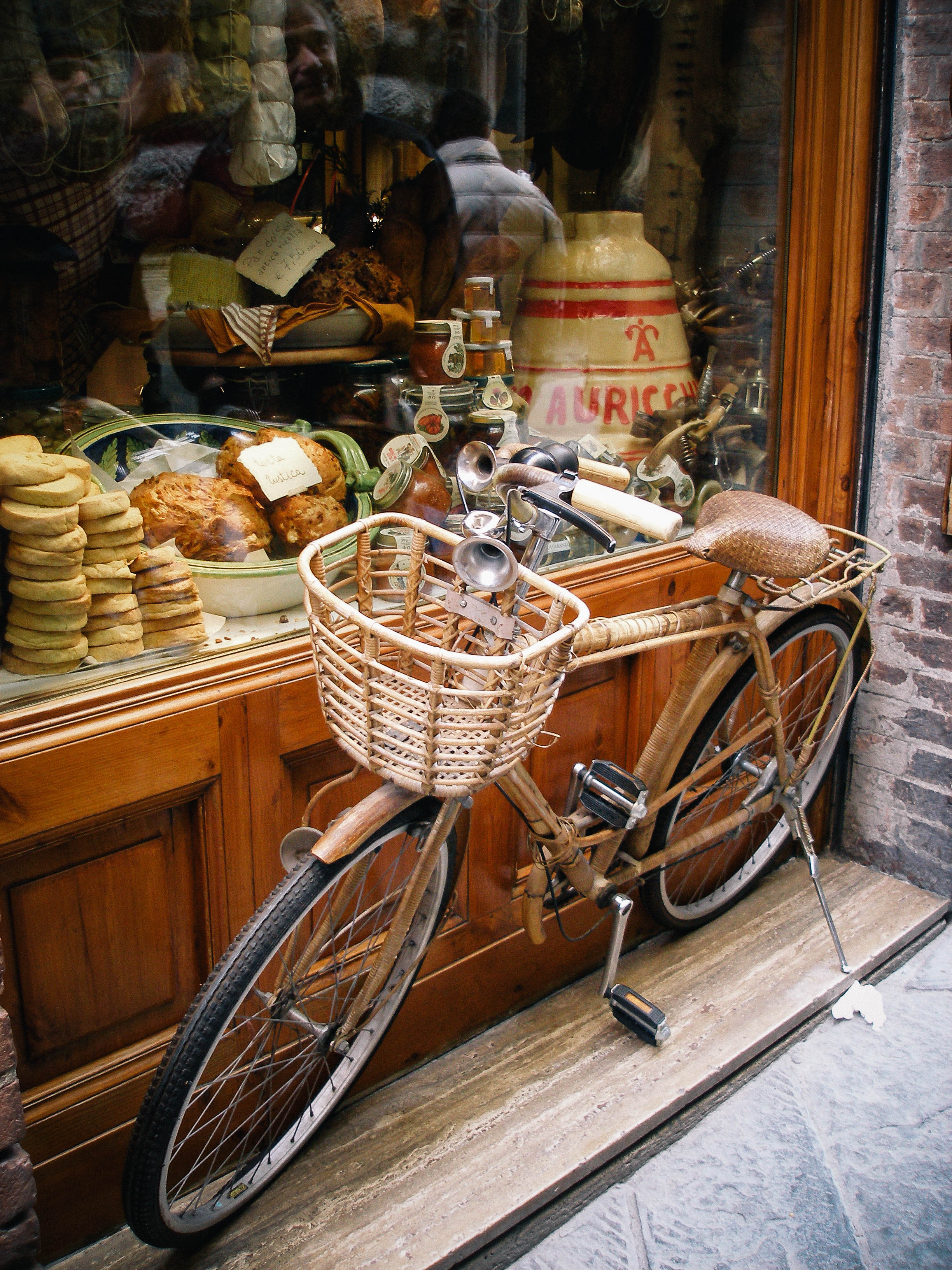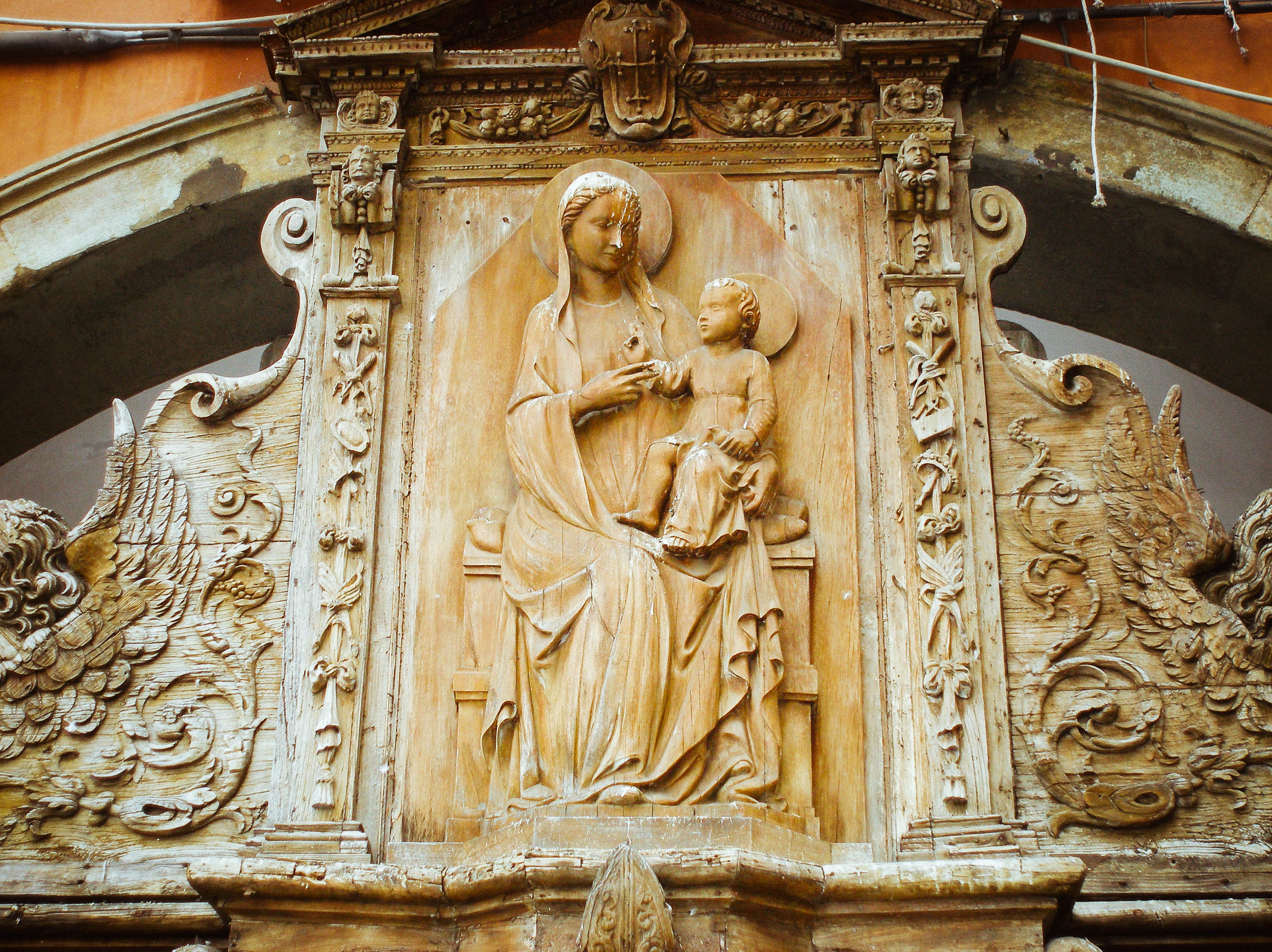Article
Food Memories: In search of a good lunch
Words & Photography by Fiona M Symington
I’m not one to argue with an Italian who is passionate about his food, especially one who has had lunch at the same place for the last thirty-five years.
I had turned up early at Da Mario in desperate need of a good lunch. Tuscany had been a disappointment; places were either closed for the holidays or overpriced. So it was with a sigh of relief that I was lead to the last available seat at this trattoria near the Piazza del Mercato Centrale. It was here that I found Angelo, already in residence.
Clearly a regular and already seated, he barked his lunch order, gave instructions on what to eat and drink. His conversation was rapid as he shifted between Italian and an impressive English, talking with everyone and to anyone around him.
Lunch was simple fare. There was a menu somewhere but Angelo found it easier just to say what was on offer. I was told to order the Pappardelle alla lepre (pasta with wild hare sauce) with the Peposo di manzo (a slow-cooked beef stew) to follow. He would also have the pasta but had it on good authority that the bistecca was exceptional (“better than normal, which was always exceptional”).
A piece of bread was unceremoniously dropped on the table next to a small carafe of house red. I was familiar with the bread — a regional speciality made without salt. The wine was warming and would prove the perfect beginning to an afternoon of slow eating.
The lepre arrived shortly after the first carafe of red wine had been emptied. My lesson on regional Tuscan food now started with a bottle of Chianti Classico from Montepulciano served from an otto vino (a small serving glass, one eighth of a litre of wine). This now curiosity was found in the cellar to illustrate to me the importance of one of the many awards held by Da Mario. Much later we would leave the subject of food and wine and turn to that other great Italian subject, love.
The lepre had clearly been cooking for hours, succulent and rich without being overpowering, with each mouthful revealing a further depth of flavour that made you want more. I savoured the sauce like a wine detecting a note of cinnamon among the tomato, wine and hare. The pasta was a papparelle, wide sinuous ribbons. It was uncomplicated, served as is, a simple statement of good food.
The peposo followed: mine a mezzo (half serve) and another bottle of Chianti opened. The noise of the trattoria quietened as the crowd settled into the ritual of lunch. This was a dish worthy of veneration. It was hot, spicy, astonishing. The meat fell away with the slightest touch of my fork. The sauce had a rich lustre and a contentment and happiness came with each mouthful. No wonder it was the favoured dish of the tile-makers (“fornaciai”) who worked on Bruneschilli’s Il Duomo. According to Angelo, they cooked the dish for hours in a furnace before breaking for lunch.
The chef, Romeo, came to the table for a small glass of wine. “He is my friend, a real friend”, said Angelo. I noted the snail on his lapel, the symbol of the slow food movement. He had started cooking the peposo at seven that morning and six hours later I was eating it. Its flavour was robust, developed. “Not like those restaurants where the cooking starts ten minutes before they open”, was Angelo’s response to my rapturous appreciation of the dish.
The afternoon became progressively hazy as you would expect from a three hour lunch. Sometime later, after vino santo (dessert wine) and almond biscotti, we left: I to the airport and Angelo for an espresso. ‘Next time you are in Florence, come back. I’m always here from twelve at the same table.’
Da Mario, Via Rosina 2r, Florence (opposite the central market). Open 12.00 –15.30 Tel: 055 218 550
Special thanks to my dining companion, Angelo — he with the name of an angel and the surname of war.
Recipe for Peposo:
1 kg of beef stew meat
10 cloves of garlic
15 black peppercorns
1 can of diced tomatoes
2-3 cups of Chianti red wine
Place everything into the one pot and cook slowly, very slowly. Five to six hours is just enough and then allow another three for lunch.
